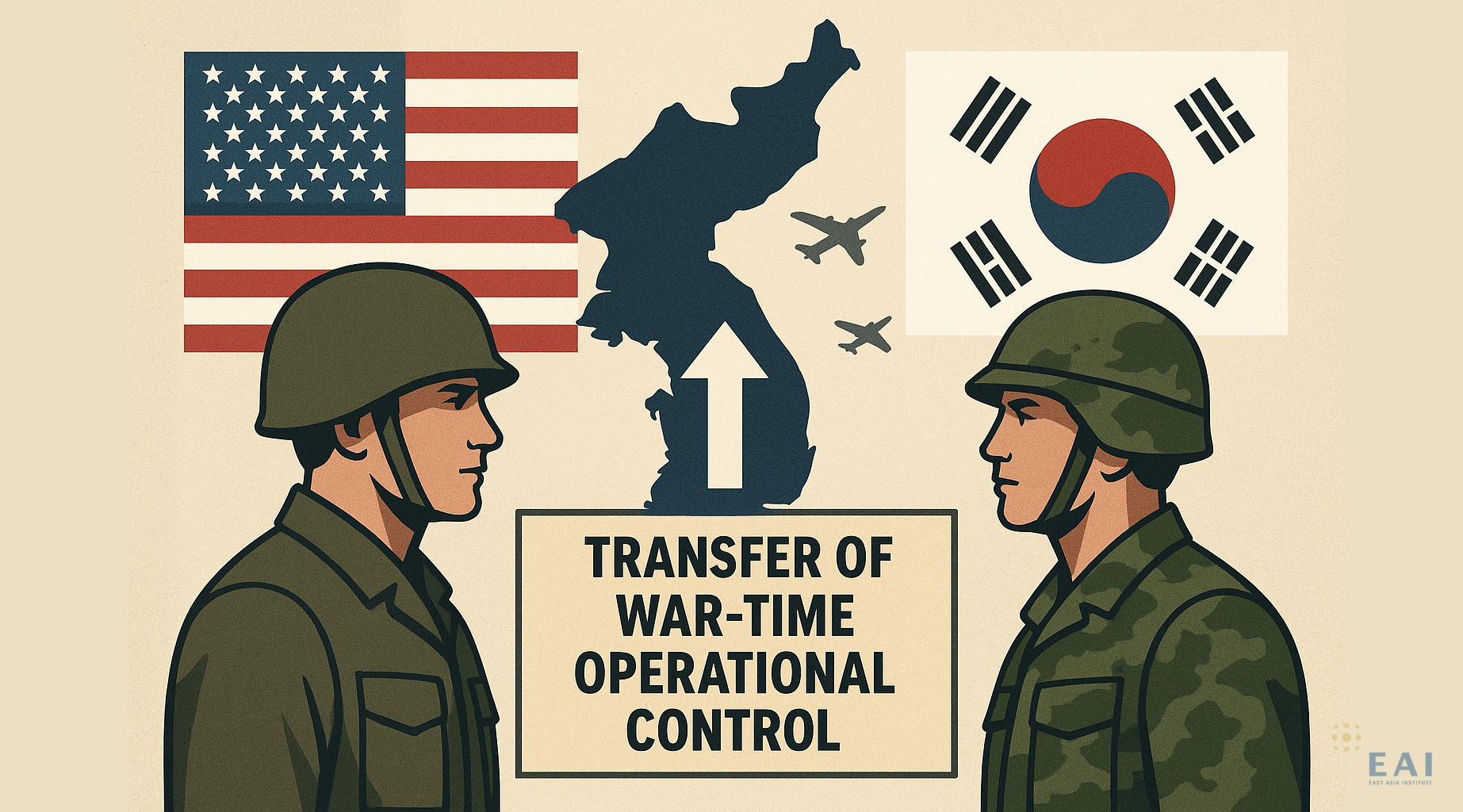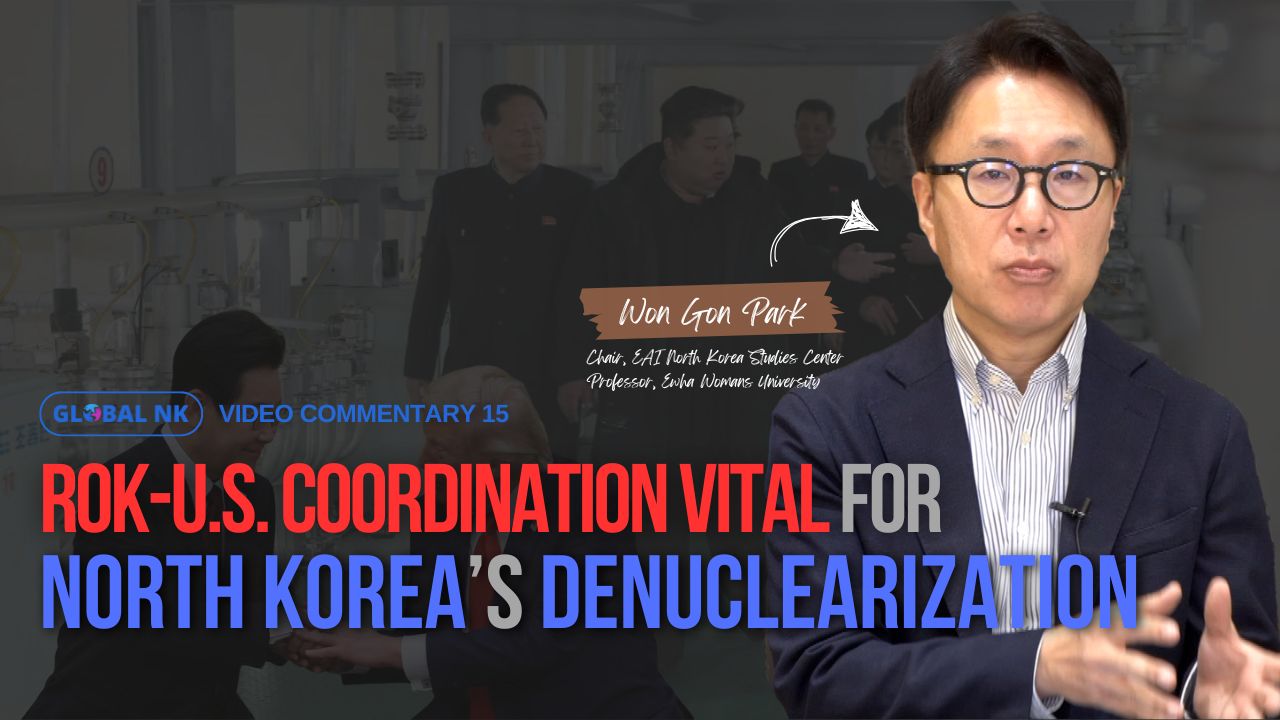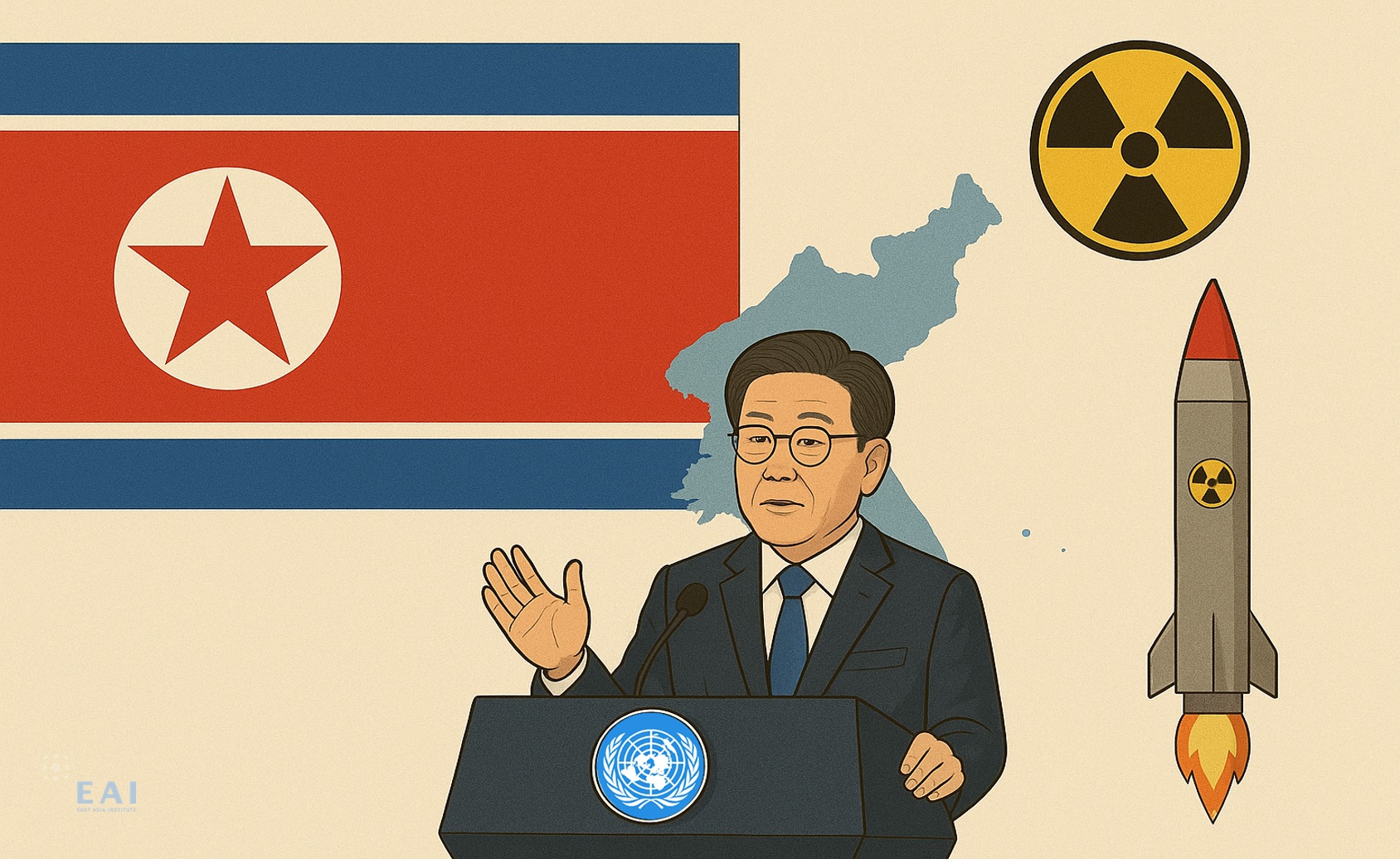Available Downloads
Theme
Keywords
Editor’s Note
[Project] introduces notable findings among contracted research projects submitted to the government and public institutions. This issue examines the contracted research report on science and technology research in North Korea, led by Hyunkyoo Choi, principal researcher at KISTI and chairman of the Unification Science and Technology Research Council.
North Korea has recently been in continuous pursuit of policies centered on science and technology and has emphasized science, technology, and ICT through the amendment to the constitution (July 2019) and major meetings such as meeting of the political bureau of the party, and the plenary session of the Central Committee. As a preparatory procedure to strengthen the synergy of inter-Korean cooperation and achieve inter-Korean cooperation in the fields of science and technology and information and communication using characteristics and strengths of North Korea’s science industry, this report analyzed the characteristics of North Korea's science and technology and conducted research on North Korea’s relative strengths to identify the status of North Korea’s science and technology and reviewed institutional measures for inter-Korean cooperation.
Review of Characteristics and Strengths of North Korea’s Science and Technology
To this end, the project utilized the "North Korea Science and Technology Network" (www.nktech.net), a compilation of North Korea’s science, technology, and relevant information and identified science and technology introduced in North Korean science journal “Gwahakwon Tongbo (Bulletin of the Academy of Science, DPRK)” and other academic journals in each field, “Balmyong Gongbo”(Official journal of invention) issued by the Invention Office under the State Science and Technology Commission, and news media outlets such as “Rodong Sinmun,” “Minju Joson,” “Korean Central News Agency,” and the like. Through such efforts, this report derived science and technology broadcast on media listed under “National Science and Technology Achievements,” “High-tech products,” and research awarded with the “2.16 Award of Science and Technology,” the highest honor bestowed on workers in the field of science and technology. Additionally, this report compiled 982 papers (as of July 21, 2021) published by North Korean scientists in international academic journals listed on the Web of Science (SCIE). Keyword trees, macro analyses were conducted on the aforementioned papers introduced in international academia and the papers were classified according to the time of publication, author, and technologies.
The research evaluated the value and level of North Korea’s technology identified through informetric analyses conducted by experts in the fields. It thereby examined what areas of technology in North Korea would be promising for inter-Korean exchange and cooperation.
Through such methodology, the research compiled 446 major research and development achievements from North Korea's academic journals, press releases, and web materials. Researchers selected 40 areas of technology for intensive analysis with a comprehensive evaluation of information emphasized, number of repetition, and level of the literature. For the 40 technologies, the service additionally tracked literature, identified trends, and investigated the degree of relevance to North Korea's major state administration.
As a result, the report could confirm the presence of a correlation between the achievements in research and development, which are considered excellent in North Korea and mentioned a lot in North Korea's domestic literature, and North Korea's major national goals. Of the 40 technologies subject to the intensive analysis, the percentage of those pertaining to agricultural and livestock performances was the highest with a total of nine technologies. This field is directly related to the resolution of food problems, an area that North Korea has consistently emphasized since Kim Jong-un took office. It was also noticeable that within the field of agriculture and livestock, there was a high proportion of research based on advanced fields such as nanotechnology and biotechnology. The frequency of achievements in the field of power and energy followed that of the field of agriculture and livestock with a total of six technologies. This is also an area that North Korea has emphasized as a means of improving the lives of the people.
The analysis also showed that the majority of authors are affiliated to the State Academy of Science, Kim Il-sung University, and Kim Chaek University of Technology and that these institutions account for the largest proportion in North Korea’s research and development. The State Academy of Science, the largest and best research institution in North Korea accounted for 15 technologies, the highest among others, out of the 40 technologies chosen for intensive analysis. Kim Il-sung University accounted for nine and Kim Chaek University of Technology accounted for eight.
According to the analysis, North Korean scientists have introduced key technologies such as manufacturing technology of amino acid trace element complex fertilizer, active electric boilers with a higher efficiency than regular electric boilers, oxygen-smokeless pulverized coal ignition and combustion stabilization technology (oil-free ignition technology) for lower costs in power production.
Among these identified technologies, the researchers conducted core technology level evaluations for active electric boilers, underground hypersaline water, and nano-diamond powders for lightning arresters, which are unique technologies developed by North Korea. During this process, peer reviews were conducted by a panel of experts, including government-funded research institutes, members of the Unification Science and Technology Research Council, and university professors. As a result, the active electric boiler technology was evaluated to be worth utilizing due to its relatively high level of completeness and utilization rate. In the case of underground hypersaline water technology, the level of research was not that high, but it was analyzed that it could be used after further improvements in the technology. On the other hand, the precision and reliability of the metal oxide lightning arrestor technology was not high in terms of precision or reliability of experimental data, so it was evaluated that there was a problem regarding the likelihood of its utilization.
Policy Suggestions on Inter-Korean Scientific and Technological Cooperation
Along with technical evaluations, the report also makes policy suggestions on inter-Korean scientific and technological exchange and cooperation for areas of strength in North Korea’s technology and manpower. Since North Korea is currently under sanctions from the international community, the research report predicted that scientific and technological cooperation will be possible in the realms of exchange of intellectual property rights and information. For such realms, both Koreas are relatively unlikely to violate sanctions against the North. The report also suggested that South Korea should consider the possibility of the South Korean science and technology sector participating in the Economic Development Zone and Advanced Technology Zone, which North Korea pursues to support policy-wise, in order to encourage North Korea’s participation. Furthermore, the report also suggested the need to systematize and specialize North Korean science and technology information projects by establishing an "inter-Korean science and technology exchange center" (tentative name) to accurately understand the status of North Korea's science and technology industry. The report predicted that such an institutional approach would also require legal and institutional maintenance to ensure policy support for individuals and businesses seeking to utilize North Korean technology within the existing domestic legal framework.■
■ EAI
ㆍ Lead Researcher of the project is Hyunkyoo Choi, principal researcher at KISTI and chairman of
the Unification Science and Technology Research Council
ㆍ Participating researchers: Hakmoon Byun, Kyungran Noh, Eui-seob Jeong, Seonhee Lee
ㆍ Summarized and Translated by EAI(Senior Researcher Kwang-min Pyo and Research Assistant Seung Yeon Lee)
■ Typeset by Kwang-min Pyo Senior Researcher
For inquiries: 02 2277 1683 (ext. 203) | ppiokm@eai.or.kr



